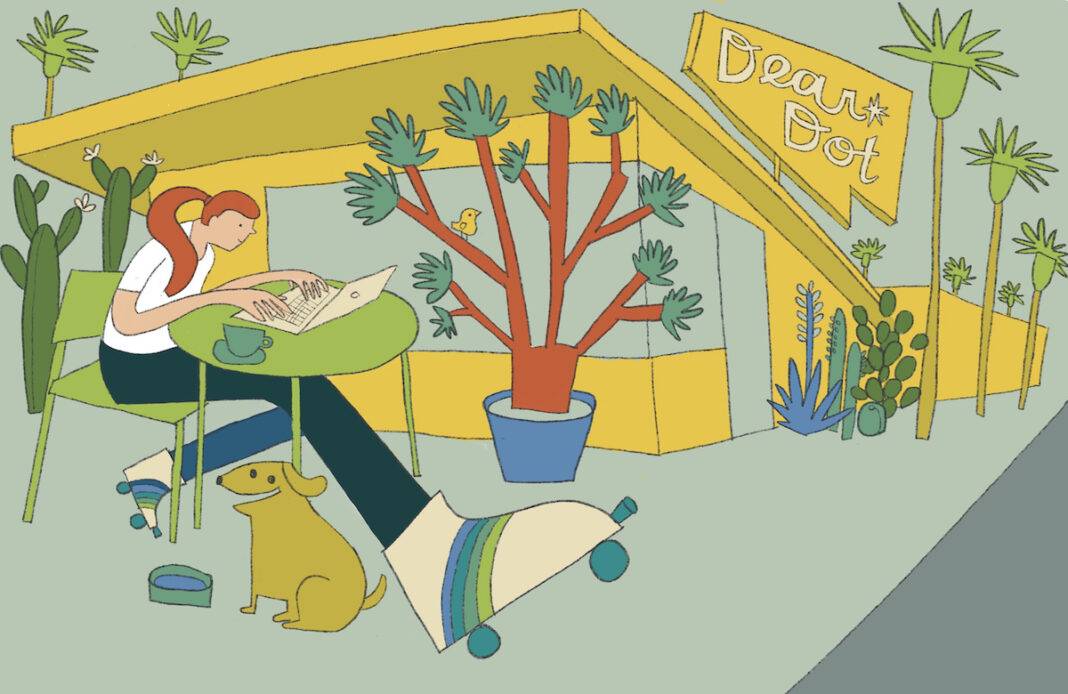Dear Dot,
To enhance whiteness, are you suggesting to add lemon juice, white vinegar, and baking soda with the laundry strips? How much?
Thank you.
–Kathy
Dear Kathy,
While Dot is happy to let pet fur and dirt congregate in corners, and to allow furniture to don a veneer of dust, when it comes to getting my clothes clean, I am a dedicated and determined laundress. So before I address your query, let us first revisit Dot’s rules of the load:
- Wash less frequently. Is that cardigan you wore for an hour when you were chilly actually dirty? Could those jeans withstand another wearing (or two)?
- Wash in cold water. Today’s HE detergents (the HE stands for “high efficiency”) are designed to work well in cold water. Cold water reduces energy consumption and is easier on our clothes. What’s more, it reduces the shedding of microfibers from our synthetic clothes.
- Use a laundry filter to further reduce the microplastics going into our waterways.
But, when it comes to whitening, Dot was a bit stumped. So I enlisted our brilliant intern, Emily, to see if she could enlighten us.
Emily tracked down The Laundry Evangelist. And boy oh boy, does this evangelist preach the gospel of clean clothes. (His real name, for the record, is Patric Richardson.)
The main reason whites get dingy, Kathy? Too much detergent. Modern washing machines use so little water, Patric tells us, which, he adds, is great. But detergents have an ingredient in them called a surfactant, which, as he puts it, “collects the dirt.” Then the water in our washing machine flushes that surfactant and dirt away. If you’re using too much detergent, however, that means there’s also a lot of surfactant — too much for most machines to eliminate effectively. This residual surfactant and dirt “resettles back into your clothes,” our evangelist opines, leaving us with dingy whites.
Those pods that teens in 2018 loved to snack on contain way more detergent than we need, Patric insists. “There’s enough detergent in pods to do like five loads of laundry,” he says. His advice? Stick to powders, liquids, or strips that allow us to control how much we use — about two tablespoons for a full load, he recommends. “Your whites will be naturally whiter!”
Still not white enough, you say? Patric says, “you can use oxygen bleach,” a far safer and easier-on-the-planet option than chlorine bleach. Or toss in some baking soda, which, he says, “basically boosts the cleaning power of your detergent.” How much? “Add about a half a cup, just throw it right on top of the clothes.”
While he says lemon juice and vinegar can both act as stain removers, Patric doesn’t recommend adding them to our wash. “Vinegar actually cuts the detergent, that’s why it works [as a whitener],” he explains. “So, people who use too much detergent can put vinegar in where the fabric softener goes, the vinegar breaks down the extra detergent, and it whitens.” Of course, he adds, “if vinegar is working to whiten, you’re using too much detergent. Lemon juice would be the same thing.” In other words, if you’re not using too much detergent, you won’t need lemon juice or vinegar.
Pre-treating, however, is another thing entirely. Patric is a big fan. “I love vinegar for pretreating,” he says. “I like vinegar more than I like lemon juice … it’s just so much cheaper, and it’s so readily available, and so many people have it.”
Presoak whites in a mixture that is one part distilled white vinegar, six parts water. Let soak, completely submerged, for a few hours, or even overnight.
But, calling himself a “less is more kinda guy,” our evangelist urges us not to overlook the easy and free methods, such as sunlight, which can naturally break down stains and brighten whites. And here’s where lemon juice can be handy: Add ½ cup of lemon juice to a load of whites in the washer (you can put it in the fabric softener dispenser) before you set them out in the sun. The lemon juice reacts with the sunlight to enhance bleaching power! What’s more, you’re eliminating the need for a dryer, thereby reducing energy consumption. Dot adores the scent of line-dried clothes — you will too. And you can’t find that in a bottle!
Spotlessly,
Dot


